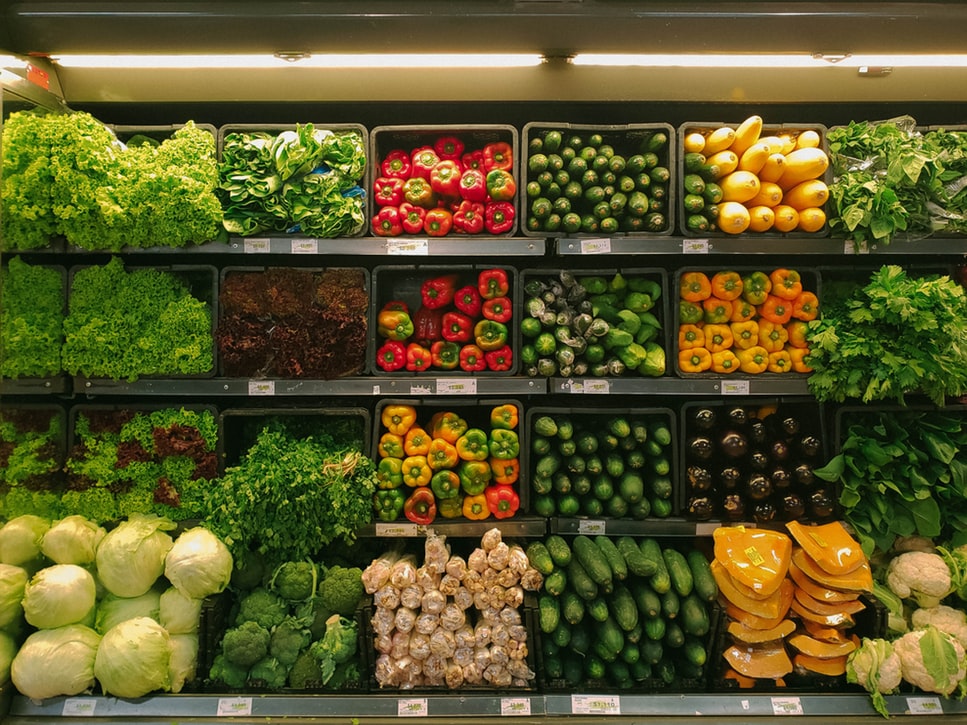By Sue Wilkinson, Senior Director, Information Service & Research, Food Marketing Institute 
What does the holiday season mean for grocery stores?
In 1939 Franklin Roosevelt changed the date of the Thanksgiving holiday from the last Thursday in November to the second-to-last Thursday in November to allow retailers the benefit of more holiday season shopping days. It wasn’t a popular decision. In 1941, when data from the previous two holiday shopping seasons revealed that the change did not significantly affect sales, the Thanksgiving holiday celebration returned to the last Thursday in November.
This holiday season’s shopping days, which are fewer this year, will result in an expected sales increase of 4.1 percent, compared to the 3.1 percent increase in 2013, according to the National Retail Federation. Grocers are gearing up for the holiday shopping season by hiring more workers, promoting the traditional holiday fare or preparing that turkey dinner for busy shoppers, and ramping up their catering operations. They are also giving back to the community by organizing food drives to support food banks and providing free turkeys to needy families.
Whether the last Thursday of November includes fewer or extra shopping days, you can be sure this is a very busy season for grocers that stretches all the way to Super Bowl Sunday, but I’m getting a little ahead of myself...
Got a question? Click here to Ask the FMI Librarian: All questions submitted from FMI members will be answered, but not all will be answered via the Voice of Food Retail. Answers provided on the Voice of Food Retail will be in general terms without specific company names or information. Visit the Supermarket Facts page for answers to the most frequently asked industry questions.


 Industry Topics address your specific area of expertise with resources, reports, events and more.
Industry Topics address your specific area of expertise with resources, reports, events and more.
 Our Research covers consumer behavior and retail operation benchmarks so you can make informed business decisions.
Our Research covers consumer behavior and retail operation benchmarks so you can make informed business decisions.
 Events and Education including online and in-person help you advance your food retail career.
Events and Education including online and in-person help you advance your food retail career.
 Food Safety training, resources and guidance that help you create a company food safety culture.
Food Safety training, resources and guidance that help you create a company food safety culture.
 Government Affairs work — federal and state — on the latest food industry policy, regulatory and legislative issues.
Government Affairs work — federal and state — on the latest food industry policy, regulatory and legislative issues.
 Get Involved. From industry awards to newsletters and committees, these resources help you take advantage of your membership.
Get Involved. From industry awards to newsletters and committees, these resources help you take advantage of your membership.
 Best practices, guidance documents, infographics, signage and more for the food industry on the COVID-19 pandemic.
Best practices, guidance documents, infographics, signage and more for the food industry on the COVID-19 pandemic.
